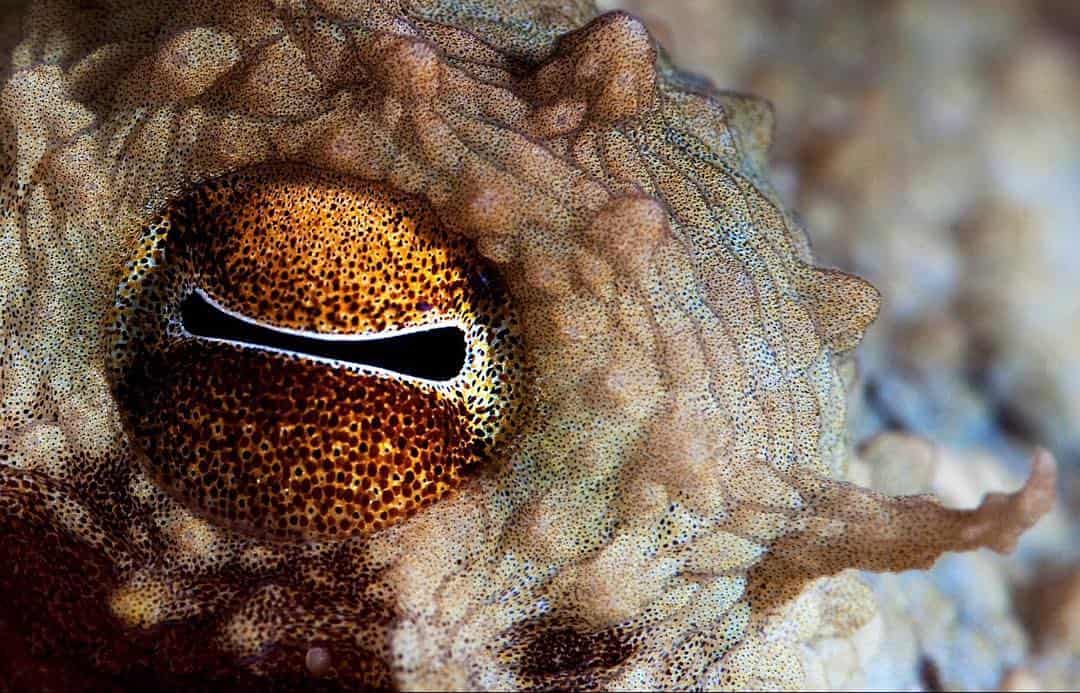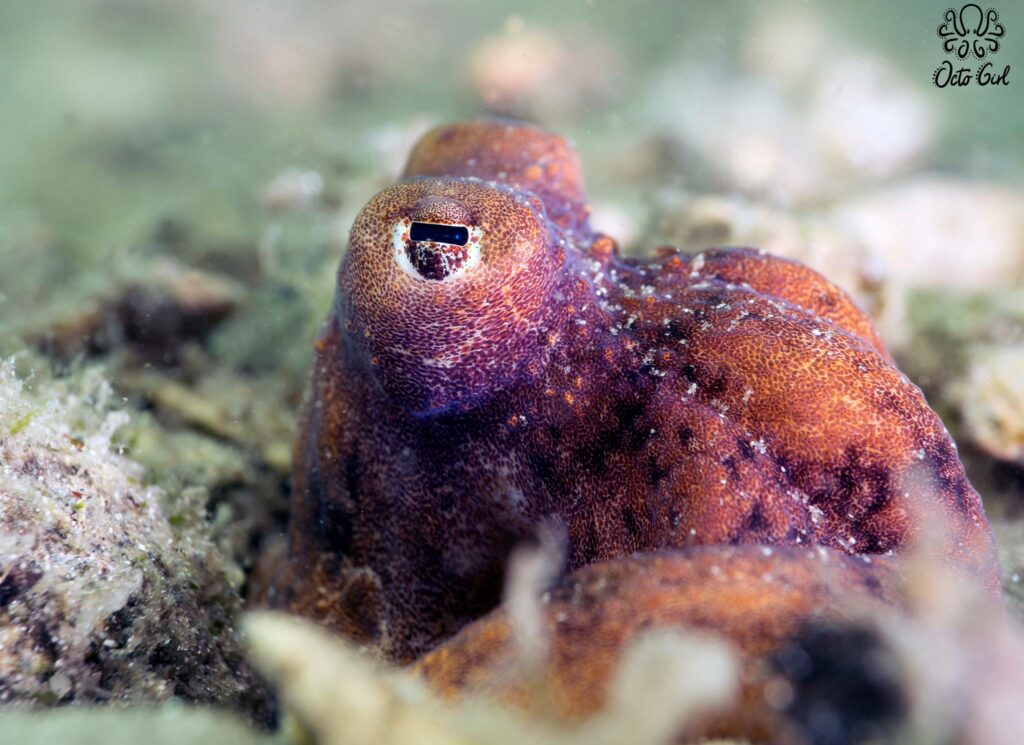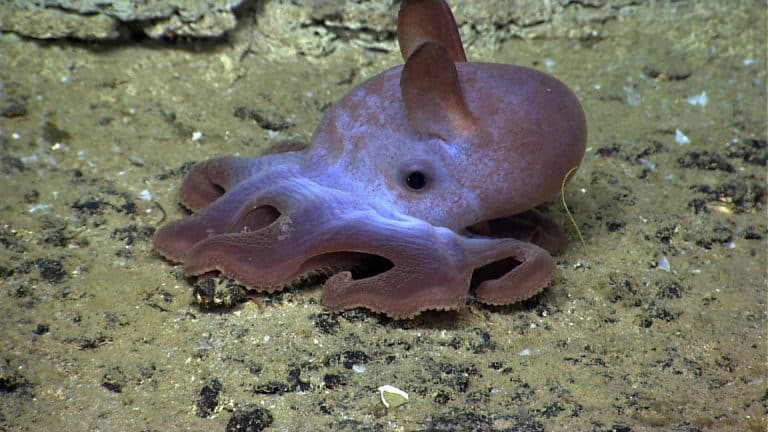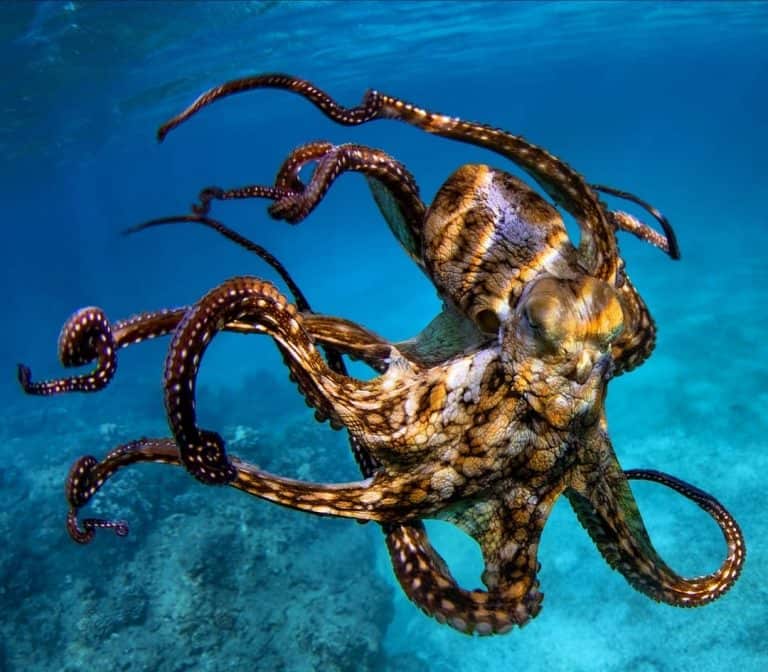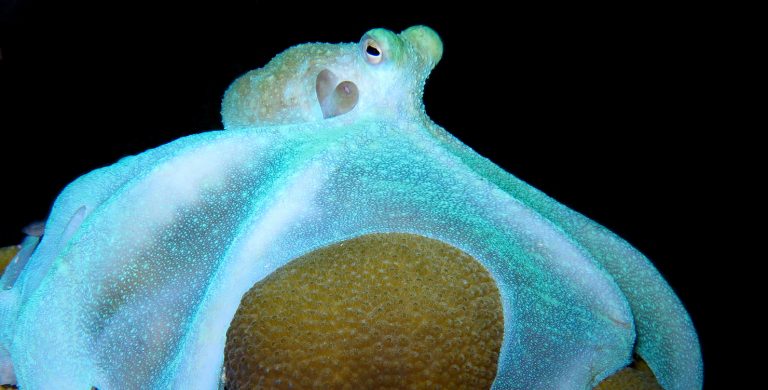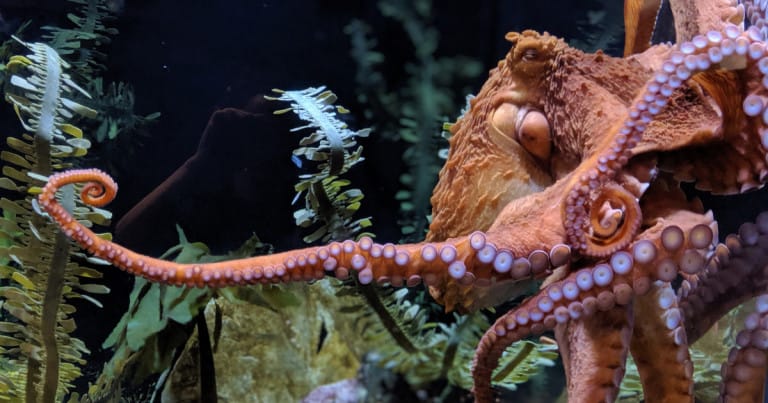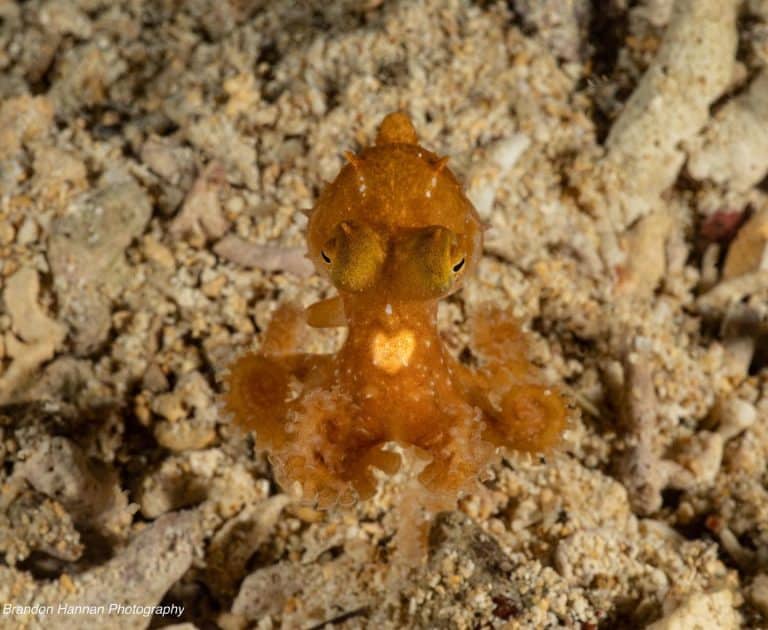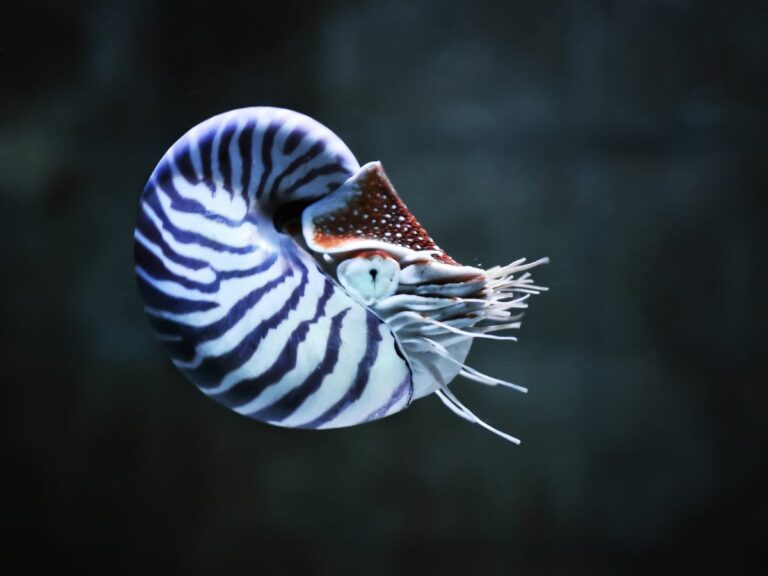The Fantastic Phore: Cephalopods Color-Changing Abilities!
If you ever wondered what (or who) was the culprit behind cephalopods being able to change the color of their skin… you’ve found them. Meet the Fantastic Phore- chromatophore, iridophores, leucophores, and photophores!
Cephalopod skin is the kind of thing you read about in science fiction books. It would be completely unbelievable if they weren’t showing it off any chance they got!
Want me to look like this rock? Done!
Want me to shimmer and dazzle you with fabulous iridescent blues and greens? No problem!
Want me to glow, so you can see me in the dark? Let’s go!
Of course, all this color-changing has important purposes and is used for either camouflaging or communicating.
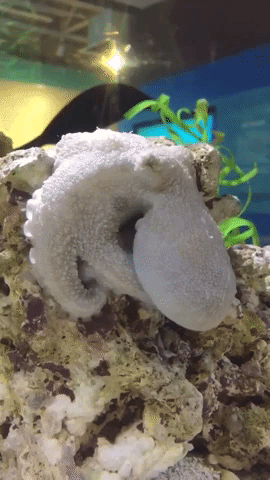
Meet The Fantastic Phore!
Let’s take a journey and meet all of the phores! Discover how chromatophores, leucophores, iridophores, and photophores work to make cephalopods the squishy masterpieces we all love so much!
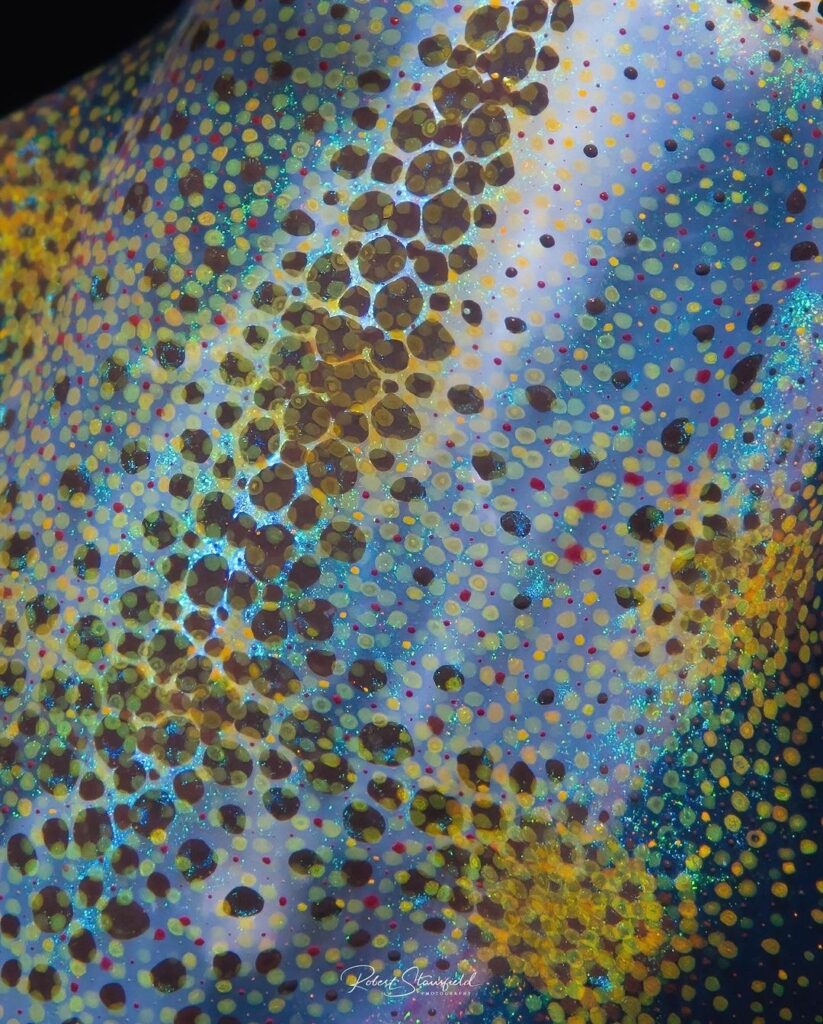
Chromatophores
If you’ve heard of any of the Fantastic Phores, it’s probably been chromatophores, the most renowned of the 4 phores!
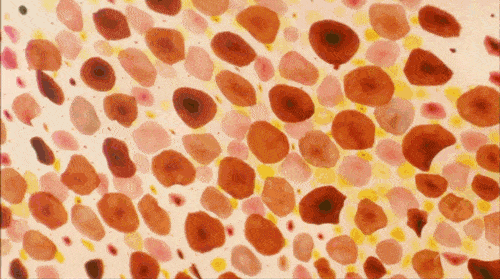
The color cells that almost all cephalopods are born with can be immediately used to change their color when they pop out of their egg sac.
Chromatophores are small pigment-containing cells that PRODUCE COLOR and make up the top layer of a cephalopod’s skin.
These tiny, elastic sacs of color can be stretched or tightened! They are controlled by an array of muscles and nerves.
When a chromatophore is relaxed, the sac contracts so only the tiniest spot of color shows leaving a cephalopod looking white.
When muscles around a chromatophore tighten, the sac is pulled open showing colors like black, brown, orange, red, or yellow.
Basically, all a cephalopod must do is think about a new skin color and they are already wearing it!
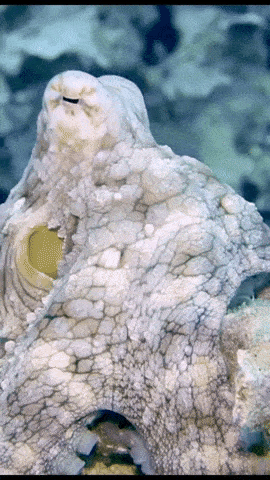
This rapidly changing body coloration and patterns through voluntary control of chromatophores are called metachrosis.
The speed at which cephalopods can change color and the way they use their skin for visual communication and camouflage are some of the most dynamic in the animal kingdom.
Note: Check out this blog post where we showcase Sujay Sanan’s art drawing where he captures the Common Octopus in metachrosis.
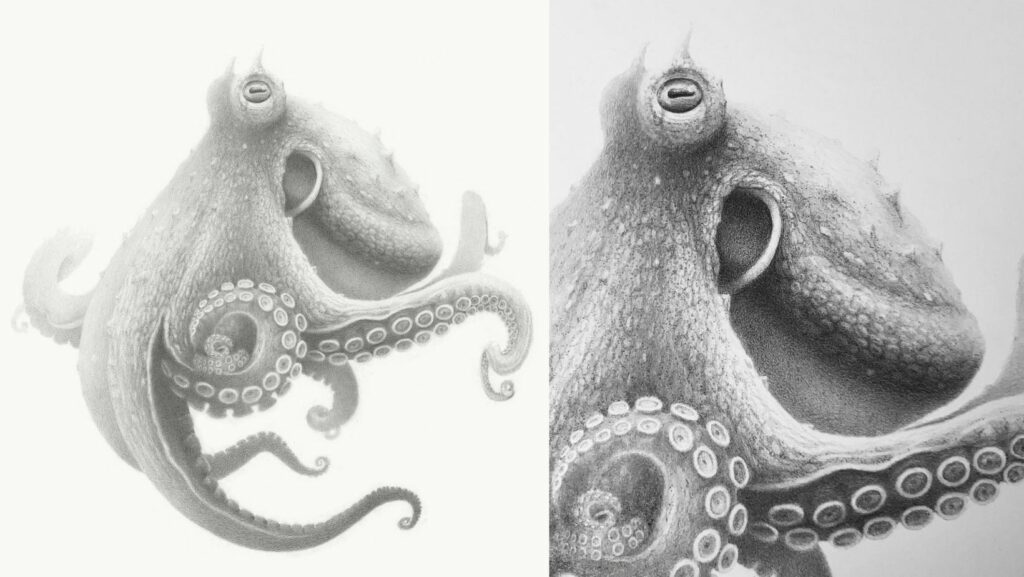
Cephalopods use their chromatophores to effortlessly blend into their environment faster than you can blink. A great way to avoid being eaten is being able to look almost identical to your surroundings.
Predators will pass right on by completely unaware that they missed a potential meal.
Note: Be sure to check out our blog post to find out more about the ingenious ways octopuses use their skin color-changing superpowers.
🐙 Octopus Fun Fact
The Giant Australian Cuttlefish has the highest dots per inch (DPI) of any cephalopod. This means they have more chromatophores per square inch on their skin than ANY squid or octopus.
It’s almost like having a TV screen as skin!
You would think chromatophores would suffice to allow these animals to blend into their environment, but I think we all know by now that cephalopods are super extra.
So naturally, this is only the beginning.
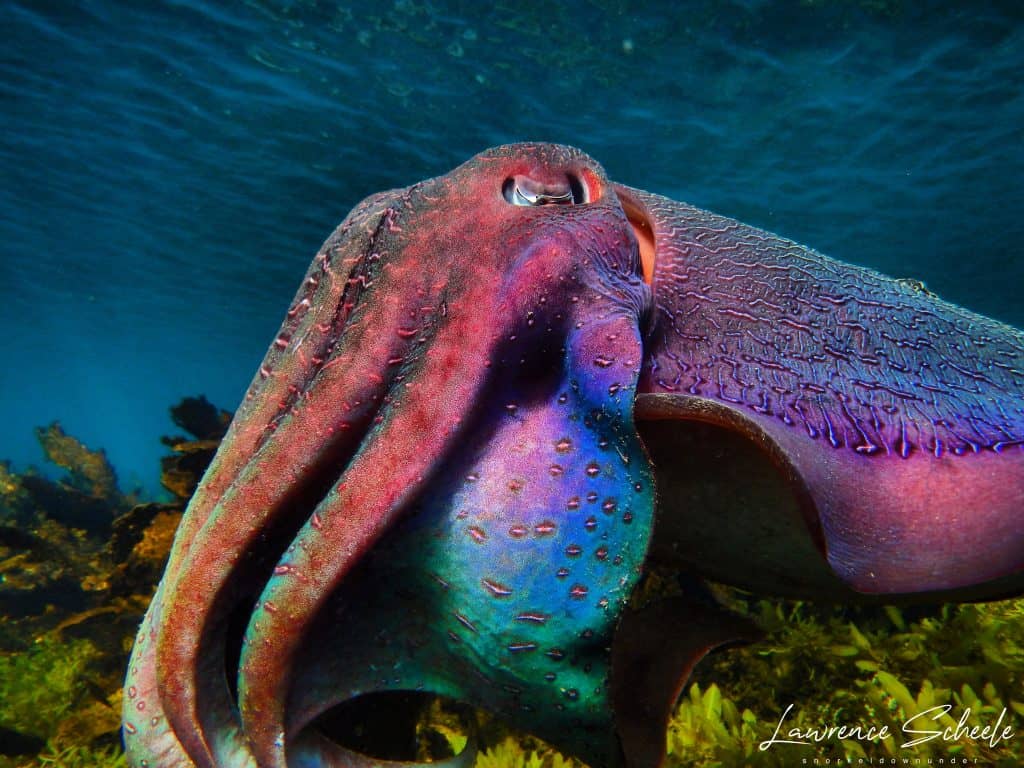
Iridophores
Next up and nestled just below the skin layer of chromatophores lie the cephalopod’s iridophores!
Meaning “bearer of rainbows”, iridophores work a little differently than chromatophores. These cells are stacks of thin plates packed with a protein called reflectin. This helps REFLECT LIGHT back at different wavelengths (and possibly different polarities!).
This is how cephalopods produce those kaleidoscopic metallic-like greens, blues, golds, and silvers.
Interestingly, the color that an iridophore reflects depends on the angle that it is seen from!
Unlike the rapid changes seen in chromatophores, the alteration in iridophores moves slower. This requires physiological changes cycling through the rainbow from red to orange to yellow to green to blue over a period of seconds to a minute.
While chromatophores are directly under neuromuscular (nervous system + muscles) control, iridophores are thought to be controlled by a neurohormone (nervous system + hormones).
This results in this slight color-changing time lag!
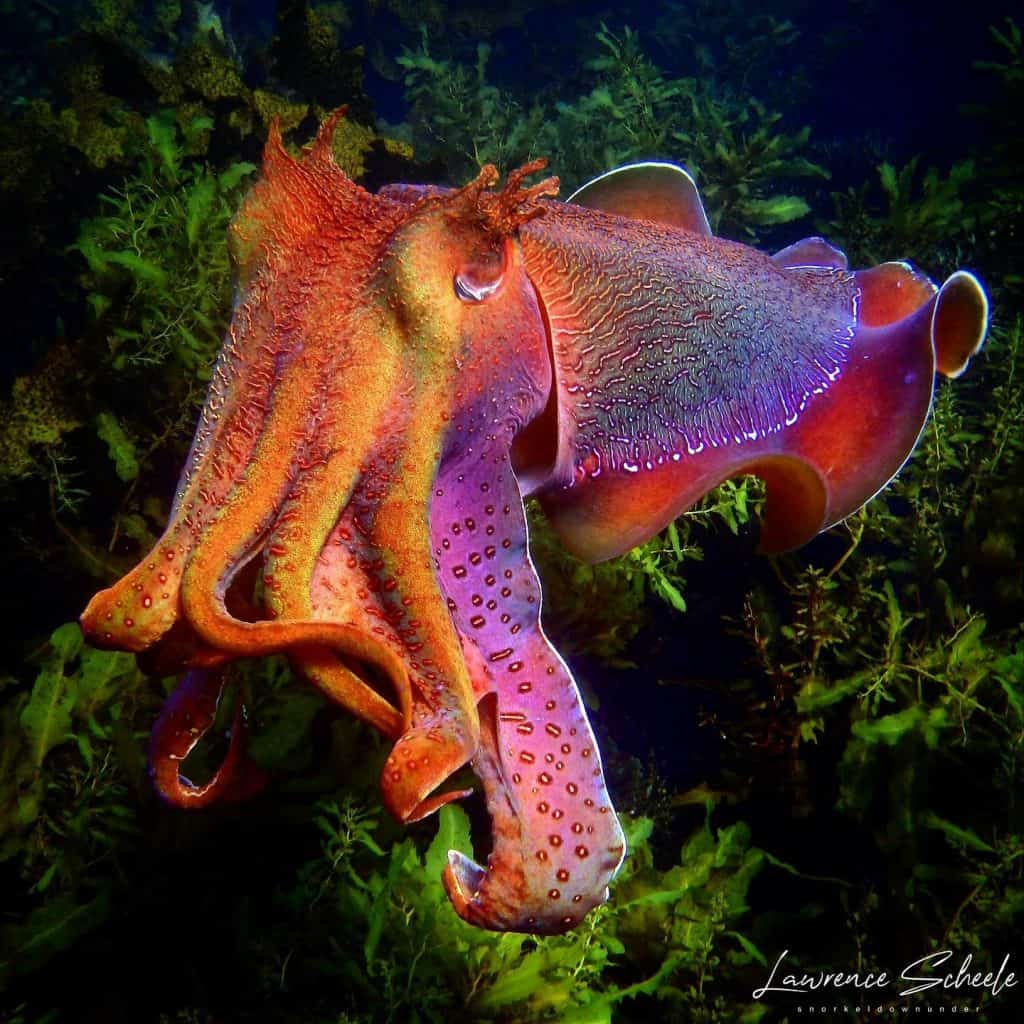
🐙 Octopus Fun Fact
The Caribbean Reef Octopus (Octopus briareus) can make itself ready for a fancy party in no time by using its iridophores to turn its body a metallic blue-green topping off its stellar look with silver around its eye.
Cuttlefish and squid also possess iridophores making it a whole shimmery cephalopod party!
Leucophores
The third layer!
These are also LIGHT REFLECTING cells, but leucophores are responsible for making a cephalopod appear white. These cells are covered in tiny disco ball-like granules which scatter light in all directions.
This provides cephalopods with a luminous and contrasting backdrop on which the chromatophores and iridophores can use as a blank canvas!
The amount of light that reaches the leucophores is controlled by the two -phore layers above them (iridophores and chromatophores).
Leucophores are also capable of taking on whatever light shines upon them. If you were to shine a blue light on an octopus, the leucophore skin layer would make them look blue!
Leucophores also help octopuses camouflage by reflecting the light already in the environment.
The Day Octopus (Octopus cyanea) commands its light-reflecting leucophores to expertly camouflage into their complex, shallow water habitats such as coral reefs. It can shift body colors well over 100 times over the course of a few hours.
🐙 Octopus Fun Fact
Most squids don’t have leucophores except for the Reef Squid Genus (Sepioteuthis).
The Caribbean Reef Squid (Sepiothruthis sepioidea) can split their bodies in half (color-wise!) using their leucophores. They do this in combination with the other two phore layers to produce different patterns on different sides of their bodies AT THE SAME TIME!
Photophores
Quick recap: Cephalopods have color-filled skin (chromatophores), two layers of light reflecting skin (iridophores and leucophores), which brings us to our fourth “phore”…
Photophores! Tiny, LIGHT PRODUCING organs.
These specialized organs consist of light-producing cells called photocytes that create light. This allows a cephalopod to turn into its very own night light and glow in the dark.
This ability to produce light is known as bioluminescence.
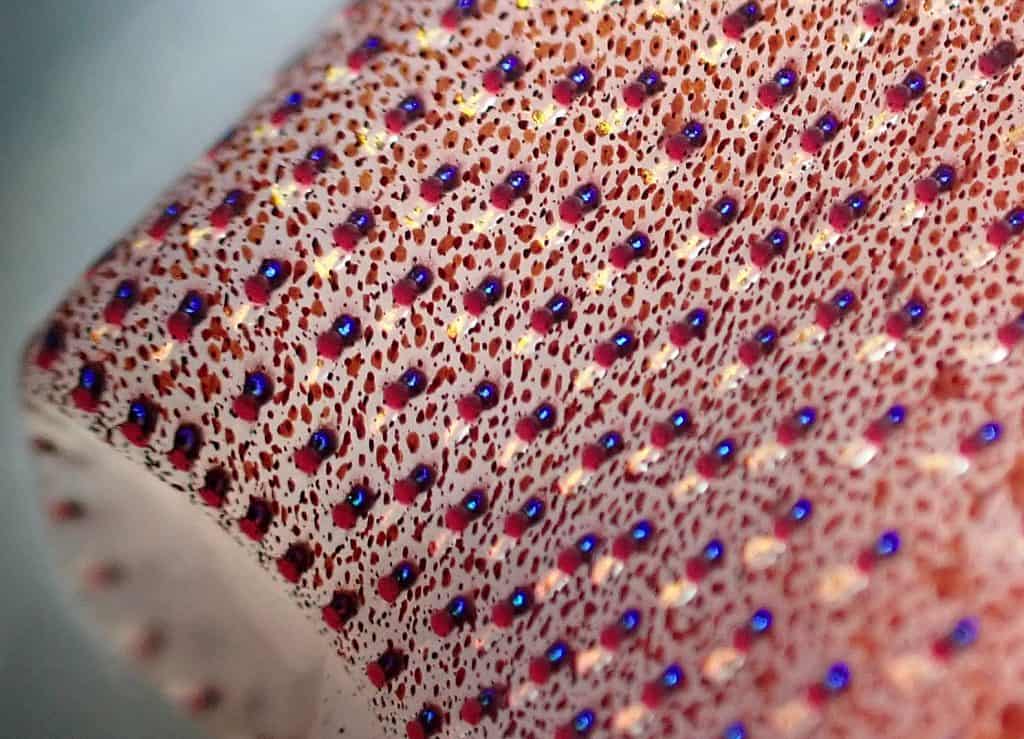
Unfortunately, not all cephalopods are lucky enough to possess photophores!
The Firefly Squid (Watasenia scintillans) and the Glowing Sucker Octopus (Stauroteuthis syrtensis) are a few of these lucky creatures.
Firefly Squids light up the waters of Toyama Bay in Japan with an eerie blue glow during the spring.
The Glowing Sucker Octopus have arms that look like little strings of twinkly Christmas lights!
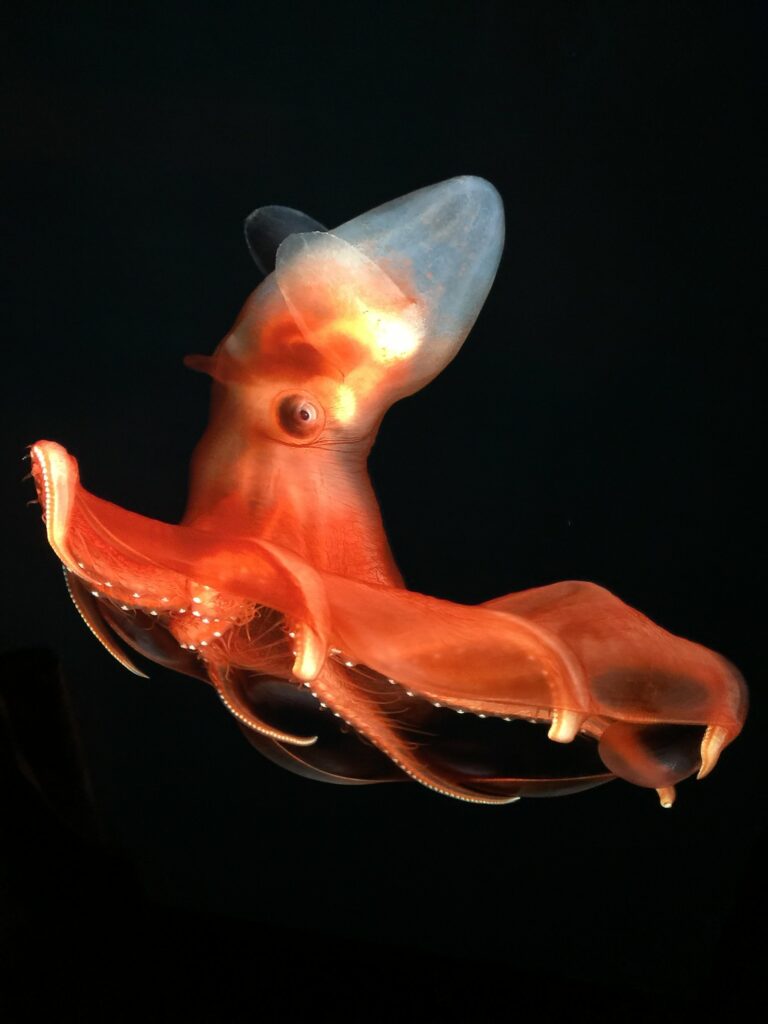
Why don’t all cephalopods have photophores?
Probably because they don’t really need them.
Photophores are mostly found in mid to deep water cephalopods and are often absent in shallow-water species.
Because they live in a pitch-black environment, it’s important for these cephalopods to make their own light!
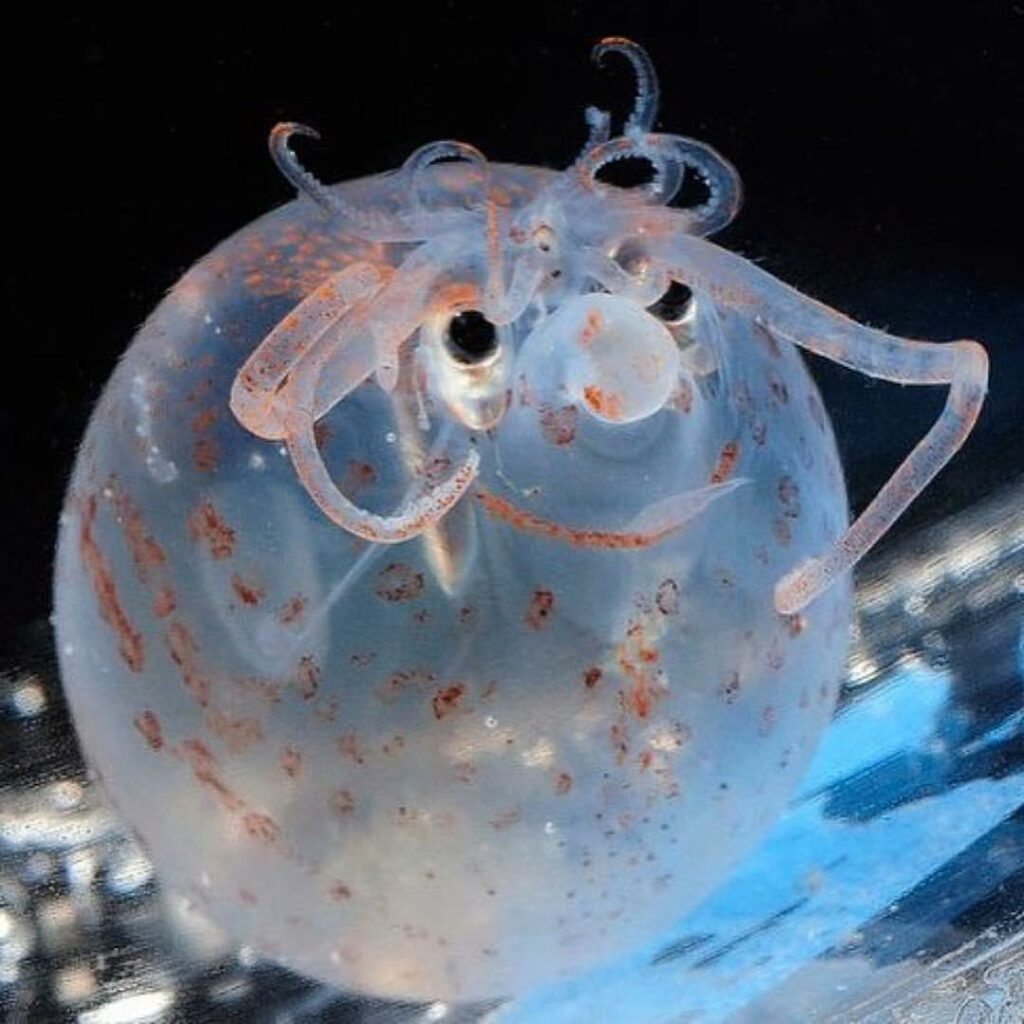
For example, the Strawberry Squid (Histioteuthis heteropsis) has complex photophores that they use for communication, mating, luring in prey, and avoiding predators.
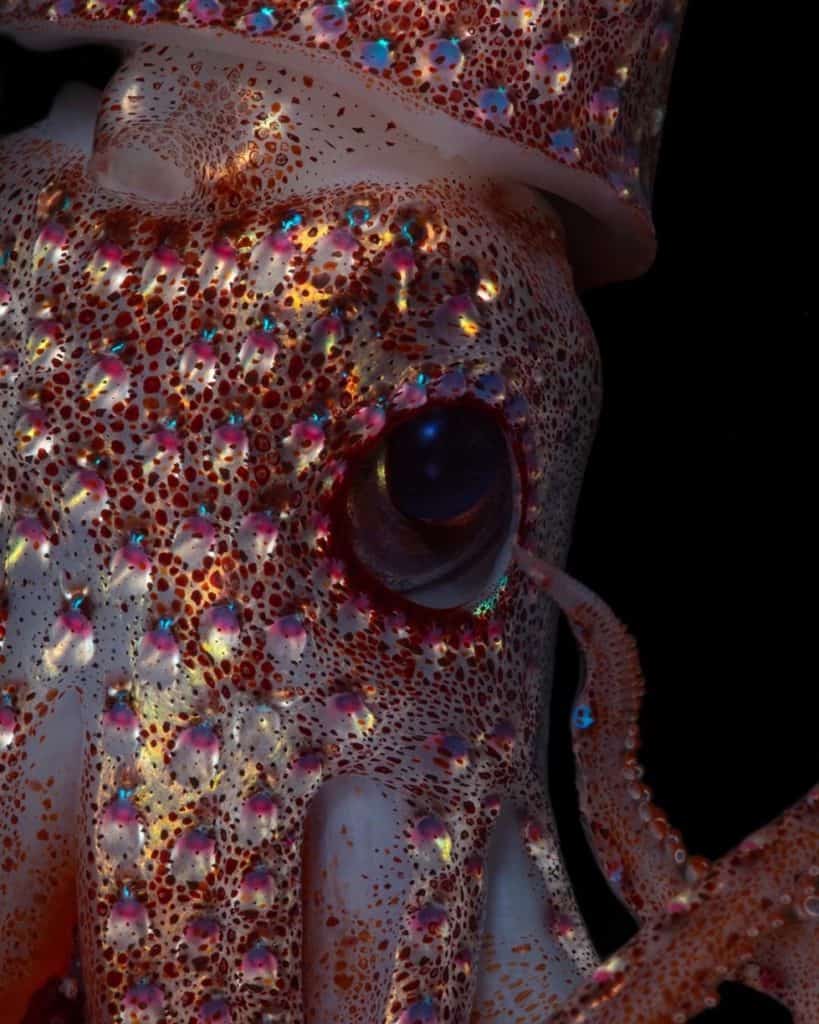
🐙 Octopus Fun Fact
There are different types of photophores!
The Bobtail Squid also produces light, but they do this with the help of their symbiotic bioluminescent bacteria living in their light organ!
They wear these glowing bacteria on their bellies. So that when they are seen from below, they blend into the lighter, moonlit surface above them.
This type of camouflage is called counter-illumination!
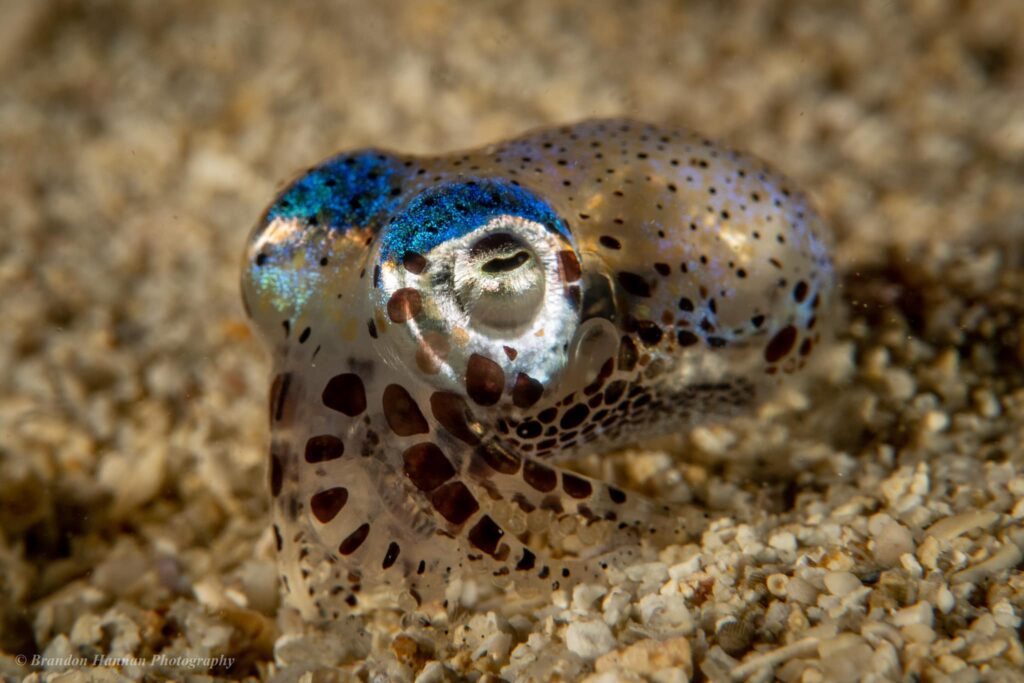
The Fantastic Phore Strike Again!
All these phores work together like a color-producing orchestra with octopus, squid, and cuttlefish brains as the almighty conductors.
Cephalopod skin is essentially a living, breathing artistic masterpiece with every photograph and video captured being one of a kind.
If you want to educate yourself some more about all sorts of different cephalopods, take a look at our encyclopedia. Or, what we call it, our Octopedia!
Connect with other octopus lovers via the OctoNation Facebook group, OctopusFanClub.com! Make sure to follow us on Facebook and Instagram to keep up to date with the conservation, education, and ongoing research of cephalopods.
More Posts To Read:
- Meet the Cockeyed Squid: the Deep-Sea Animal with a Giant Eye!
- 10 Facts About Baby Nautilus!
- Does Octlantis Exist?
- Dumbfounding Flapjack Octopus Facts You NEED To Know!
- What Is The World’s Biggest Octopus?
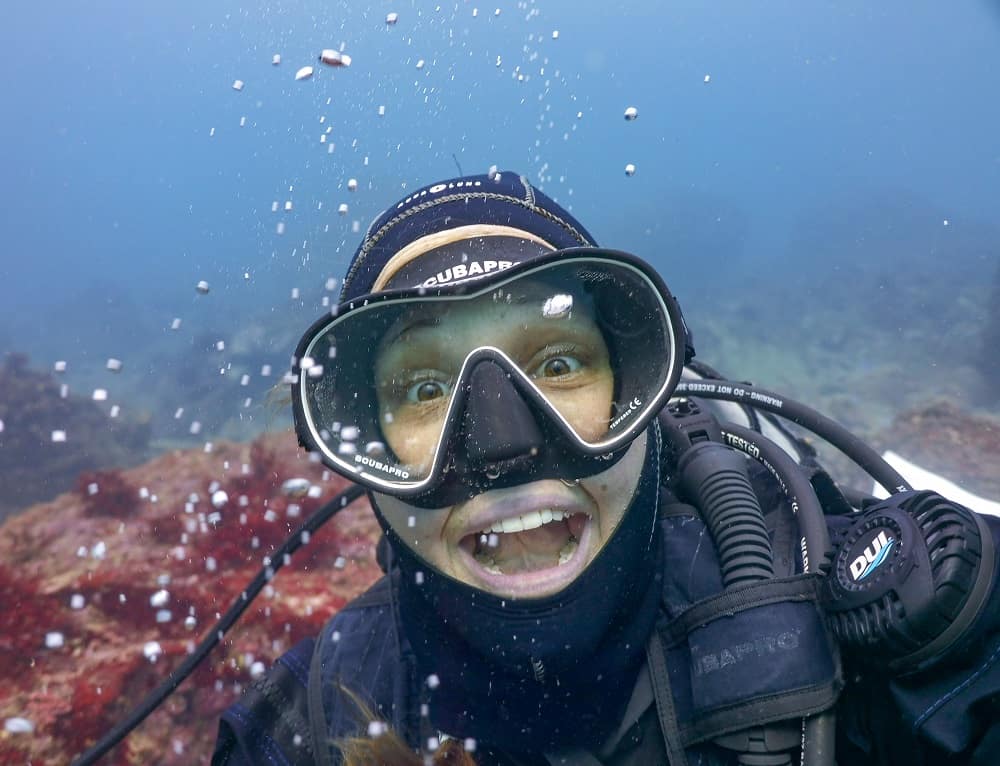
Corinne is a biologist with 10 years of experience in the fields of marine and wildlife biology. She has a Master’s degree in marine science from the University of Auckland and throughout her career has worked on multiple international marine conservation projects as an environmental consultant. She is an avid scuba diver, underwater photographer, and loves to share random facts about sea creatures with anyone who will listen. Based in Japan, Corinne currently works in medical research and scientific freelance writing!
